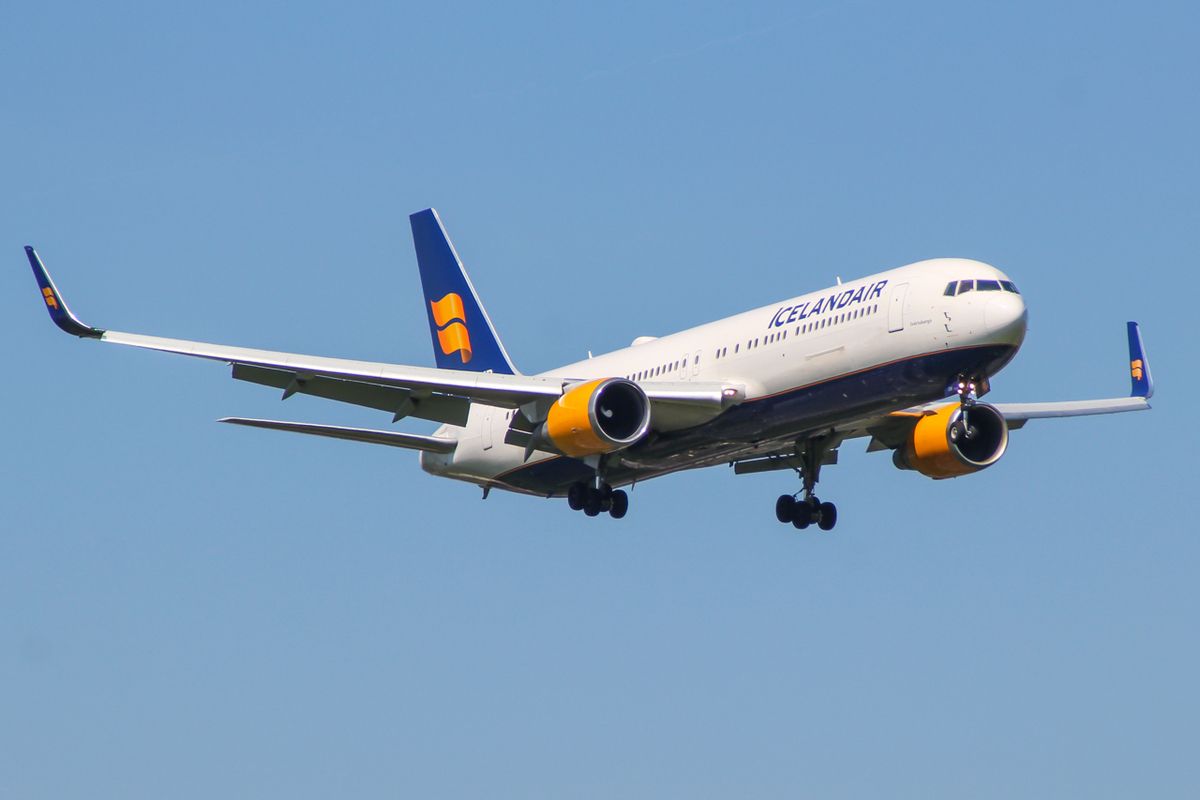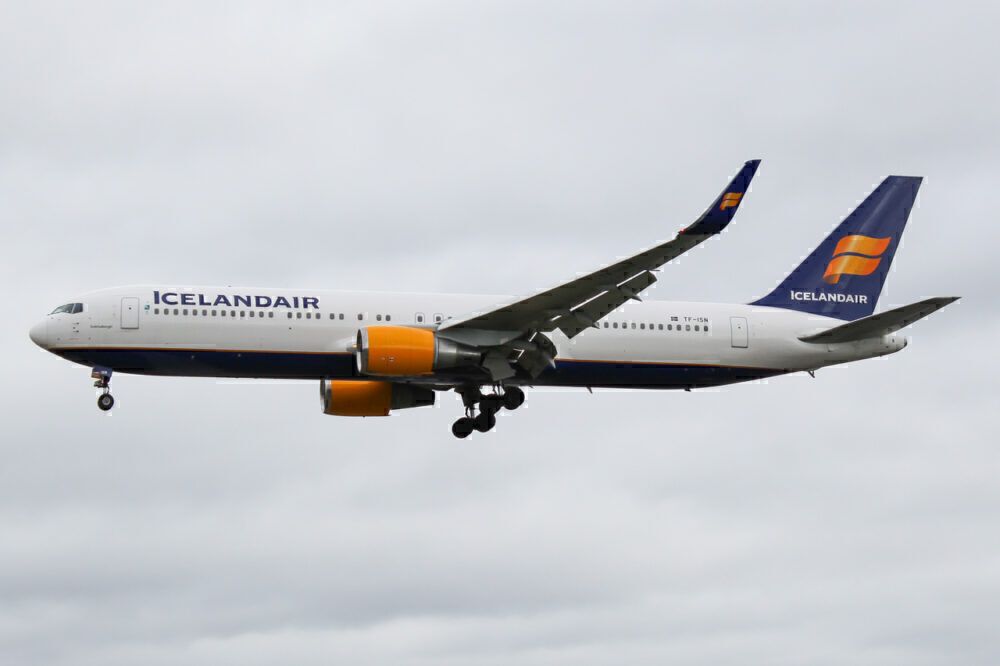After stopping in Cape Town (South Africa) to pick-up a team of Norwegian researchers, Icelandair's Boeing 767 is on its final flight to the bottom of the world, where Troll Research Station is located in Antarctica. The flight departed Cape Town Airport (CPT) at 08:39 local time on February 26th on a journey that will take it another 4,300km (2,320NM). The trip is a charter arranged through Icelandic firm Loftleidir.
To the edge of the Arctic Circle
We covered the background as well as the first portion of this trip in an article published on February 24th. However, to summarize what we've already reported, the aircraft is heading to the Troll Research Station in Antarctica with Norwegian researchers, as well as a crew of 20, consisting of six pilots, 13 flight attendants, and one mechanic.
Once the aircraft completes its roughly five-hour flight, it will then land at the research station's "blue ice runway" - a runway which is, well, comprised of ice.
Grapevine.is notes that the jet will be picking up 30 Norwegian scientists who have been working in Antarctica for the past few months. Loftleidir will actually be operating the flight, but under the Icelandair Air Operators Certificate.
“We flew to Antarctica about ten years ago and then was the same expedition leader who is on this trip." -Ãrni Hermannsson, CEO,Loftleidir (responsible for arranging the flight) via Fréttablaðið
The journey home will take the same route, going through Cape Town. However, between Cape Town and the aircraft's home at Reykjavik, the jet will make a stop in Oslo to drop off the researchers.
Stay informed: Sign up for our daily aviation news digest.
About Icelandair's 767-300ER
According to data from RadarBox.com, Icelandair is completing the mission with a 767-300ER registered as TF-ISN. This aircraft is 20.5 years old and has flown with Icelandair since 2015. During the past five years with Icelandair, the jet spent two months with Saudi Arabian Airlines as a lease.
When the aircraft first rolled out of Boeing facilities, it flew with Air New Zealand for its first seven years, registered as ZK-NCO. From 2007 to 2010, it looks like it flew with Flyglobespan, which used it to operate service on behalf of Aircalin and Nas Air. It is then listed as having flown with Kenya Airways between 2010 and 2015. The jet was supposed to go to Russian carrier Nordwind, but it is listed as 'ntu,' or "not taken up."
Data from Planespotters.net notes that the jet is configured with 25 business class seats and 237 economy class seats.
Prior to its current epic journey from the top of the world to the bottom, TF-ISN had been flying an average of 95 hours of flight per month over the past year. Prior to leaving on its February 24th mission, the aircraft was flying on February 16th, operating an Amsterdam rotation.
Other destinations reached by the aircraft during the month of February include Cophenhagen, London, and Boston. The jet has also been to Paris and New York 28 times each in the past 12 months.
What do you make of Icelandair’s long trek down south? Let us know what you think and why in the comments!


